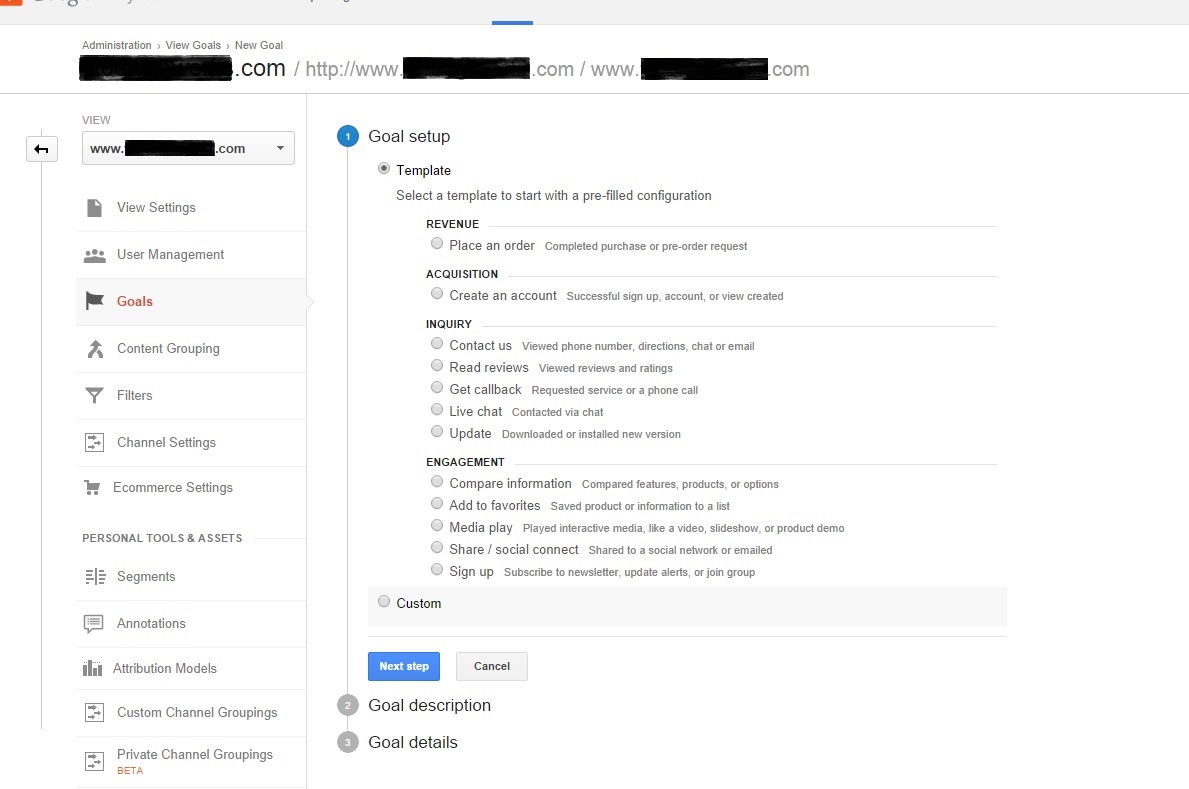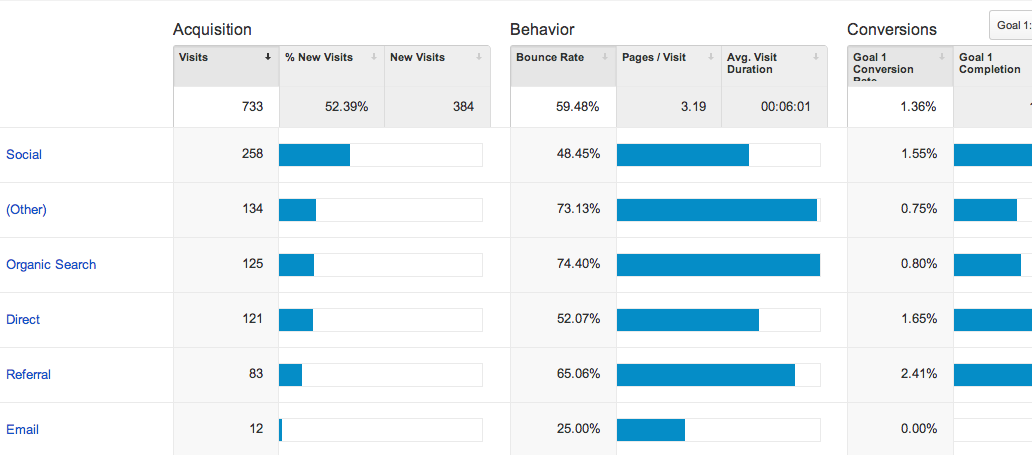Revealing the Blind Destinations: Recognizing What Google Analytics Goals Can not Determine
In the world of electronic analytics, Google Analytics stands as an effective tool for tracking and assessing on the internet individual interactions. Understanding what Google Analytics objectives can not measure is essential for obtaining a thorough view of user actions and interaction.
User Habits on External Platforms
Recognizing exactly how users engage on external systems is crucial for maximizing on the internet strategies. Outside platforms, such as social media sites networks, reference web sites, and online forums, play a substantial role in driving website traffic to a company's web site. By evaluating customer behavior on these systems, businesses can get beneficial insights right into the effectiveness of their advertising initiatives and the preferences of their target market.
One trick aspect of individual actions on external systems is the reference resource. By tracking where the users are originating from, businesses can determine which systems are driving the most traffic to their web site. This info can help business allot their resources better, focusing on the systems that generate the very best results.

Offline Interactions and conversions
Examining individual behavior on exterior platforms gives useful insights right into on the internet strategies; nonetheless, considering offline conversions and communications is similarly important for a comprehensive understanding of a firm's overall efficiency. Offline conversions, such as in-store acquisitions or phone queries, play a significant role in several companies' success.

Attribution Beyond Last Click
When diving into the world of electronic advertising analytics, it comes to be vital to look past the solitary touchpoint of the last click for a more thorough understanding of acknowledgment. While Google Analytics supplies valuable understandings right into individual actions, relying solely on last-click acknowledgment can be restricting - what data is google analytics goals unable to track. Attribution versions that go beyond the last click supply a much more nuanced view of the client trip, taking into account all the touchpoints that lead to a conversion
Acknowledgment beyond the last click permits marketers to assign debt to various communications along the conversion course, giving a more clear image of the effectiveness of different advertising and marketing networks. By checking out multi-touch attribution models such as linear, time decay, or position-based acknowledgment, businesses can better allocate their marketing budgets and maximize their approaches for optimal effect.
Recognizing the influence of each touchpoint in the conversion process is important for making notified decisions and optimizing ROI. By embracing attribution beyond the last click, services can acquire deeper understandings right into client behavior and customize their advertising efforts better.
Cross-Device and Cross-Browser Monitoring

In a similar way, cross-browser tracking complements cross-device tracking by capturing individual habits as they switch between different internet internet browsers. Comprehending just how customers interact with internet sites on different web browsers can help marketing professionals enhance their online experiences to ensure uniformity and functionality across different platforms.
Qualitative Data and Customer Intent
Understanding individual intent via qualitative information evaluation is critical for establishing targeted digital advertising techniques that resonate with the demands and preferences of the target audience. Qualitative information offers insights into the 'why' behind individual activities, clarifying motivations, feelings, and choices that quantitative information alone can not record. By assessing individual feedback, comments, and communications, online marketers can discover valuable information concerning individual intent, permitting them to customize their messaging, content, and offerings to much better line up with what their target market is looking for.
Qualitative information likewise helps in understanding the context in which individuals engage with a site or application. This contextual understanding allows marketers to develop more individualized and pertinent experiences, ultimately driving greater involvement and conversion prices. By diving into customer intent via qualitative information evaluation, companies can gain a much deeper understanding of their target audience, bring about a lot more efficient advertising strategies that meet customers' needs and expectations.
Verdict
To conclude, Google Analytics objectives have More Bonuses restrictions in gauging customer actions on exterior platforms, offline conversions, attribution past last click, cross-device and cross-browser monitoring, and qualitative data connected to individual intent. what data is google analytics goals unable to track. It is crucial for businesses to be familiar with these dead spots in order to supplement their information analysis with various other tools and methods to acquire a more extensive understanding of their audience and enhance their total electronic advertising and marketing techniques
By assessing user behavior on these systems, companies can gain important insights into the effectiveness of their advertising initiatives and the preferences of their target audience.
Analyzing individual actions on exterior platforms supplies useful insights right into online methods; nevertheless, considering offline conversions and interactions is equally imperative for a detailed understanding of a firm's overall performance.In digital marketing analytics, moving past last-click attribution to check out cross-device and cross-browser monitoring is crucial for obtaining a holistic understanding of individual interactions throughout different platforms and devices. By assessing customer feedback, comments, and communications, marketing professionals can uncover beneficial info concerning user intent, enabling them to tailor their messaging, web content, and offerings to better straighten with what their target market is looking for.
By diving into customer intent with qualitative data analysis, services can get a deeper understanding of their target audience, leading to much more effective advertising and marketing approaches that fulfill individuals' expectations and demands.